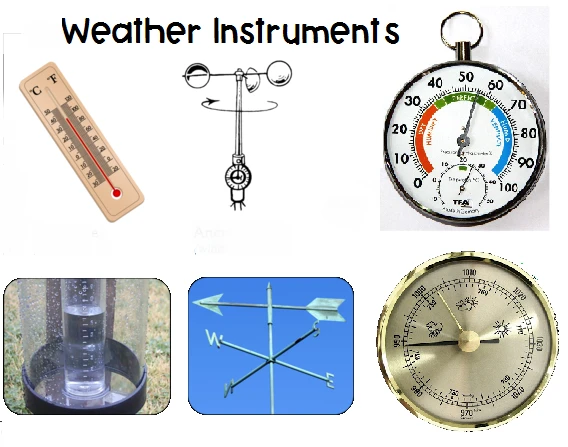
,文章长度约1500词左右
html
The Instruments of the Weather
Weather has always been a subject of fascination and importance for humanity. From ancient civilizations relying on seasonal changes for agriculture to modern meteorologists predicting storms, understanding the weather has been crucial. To achieve this, humans have developed a variety of instruments to measure and analyze atmospheric conditions. These tools, known as instruments of the weather, help us track temperature, humidity, wind speed, and other critical factors that define our climate.
The Thermometer: Measuring Temperature
One of the most fundamental weather instruments is the thermometer, which measures air temperature. The earliest thermometers, developed in the 16th century, used liquids like mercury or alcohol that expanded or contracted with temperature changes. Modern digital thermometers provide more precise readings and are often integrated into larger weather stations.
Temperature data is essential for predicting weather patterns, understanding climate change, and even planning daily activities. Farmers, pilots, and construction workers all rely on accurate temperature measurements to make informed decisions.
The Barometer: Tracking Atmospheric Pressure
The barometer, invented by Evangelista Torricelli in 1643, measures atmospheric pressure. This instrument is critical for forecasting weather changes, as rising pressure often indicates fair weather, while falling pressure can signal an approaching storm.
Barometers come in two main types: mercury and aneroid. Mercury barometers use a column of mercury to measure pressure, while aneroid barometers use a sealed, flexible metal chamber. Today, digital barometers are widely used in weather stations and smartphones to provide real-time pressure data.
The Hygrometer: Gauging Humidity
Humidity, the amount of water vapor in the air, is measured by a hygrometer. High humidity can make temperatures feel hotter, while low humidity can lead to dry skin and respiratory issues. Hygrometers are used in greenhouses, museums, and homes to maintain optimal conditions.
Early hygrometers used human hair, which expands or contracts with humidity changes. Modern versions employ electronic sensors for greater accuracy. Psychrometers, a type of hygrometer, use wet and dry bulb thermometers to calculate relative humidity.
The Anemometer: Measuring Wind Speed
Wind speed is a key factor in weather forecasting, aviation, and renewable energy. The anemometer is the instrument designed to measure it. The most common type, the cup anemometer, uses rotating cups that spin faster with increasing wind speed.
Other variations include vane anemometers, which measure both speed and direction, and sonic anemometers, which use ultrasonic waves. Sailors, pilots, and wind farm operators depend on accurate wind measurements for safety and efficiency.
The Rain Gauge: Tracking Precipitation
Precipitation, whether rain, snow, or hail, is measured using a rain gauge. Simple rain gauges collect water in a cylinder, while more advanced versions use tipping buckets or weighing mechanisms to record rainfall intensity.
Accurate precipitation data helps farmers plan irrigation, hydrologists manage water resources, and meteorologists predict floods. Some rain gauges are equipped with heaters to measure snowfall by melting it into liquid form.
The Weather Vane: Determining Wind Direction
While anemometers measure wind speed, weather vanes indicate wind direction. These instruments, often shaped like arrows or roosters, pivot to point into the wind. Weather vanes have been used for centuries, with some of the earliest examples
Keyword: instruments of the weather